Amazing Animals #19 The Arctic Fox
It’s safe to say that my favourite animals are Foxes, they have a bad reputation in Urban areas as they are known to regularly rip open bins, spread rubbish around the streets and occasionally break in to Chicken coups, leaving quite a gruesome scene of blood and feathers in their wake.
Despite this I find everything about their behaviour incredibly interesting and have gone over the Urban Fox in detail in one of my earlier posts (ignore the awful formatting, I was new to the platform and had no template to base my work on).
The animal I’m covering today however will not be spotted around your bins; these animals live in the coldest climates of the Northern hemisphere and are highly adapted to life in an area of relative scarcity.
Appearance and Distribution
As their name suggests, the Arctic Fox (Vulpes lagopus) is a species of Canid within the genus Vulpes that can be found within Arctic and sub-Arctic territories.
The Arctic Fox is most easily distinguishable from other species of Fox by their brilliant white winter coat, and their unusually rounded shape which is not commonly observed within true Foxes, most Foxes have an observably slender body.
They are quite small animals, on average they grow to lengths of 55cm and 52 cm for males and females respectively, this difference in size when fully grown is negligible and they do not differ in appearance, therefore sexing the Arctic Fox through visual inspection is not possible without observing their genitalia or watching their behaviour.
Their tail can account for as much as 50% of their overall body length (30cm) and is characteristically bushy like most true foxes, on average they grow to no taller than 30cm in height, if weighed males will often weigh more than females with males weighing up to 9 kg’s and females only weighing up to 3.1 kg’s.
With this large difference in body weight you might suspect that telling them apart would be easy, this can be true during the summer months, but during the winter months they possess a thick coat measuring several inches thick, the coat is deep, dense, and gives the Arctic Fox a rotund appearance that makes the animal look larger and heavier than they actually are.
Like most Mammals that live within a changing climate they undergo changes to their physical appearance, in the spring they will begin to moult their dense white coats, which will be replaced with a much thinner coat that is a mixture of white and mottled grey/brown in its colouration.
This change in coat serves two purposes, firstly the temperature swings within the Arctic Circle are quite dramatic, most tundra regions experience a 100% ice/snow melt as the temperature can increase by as much as 60°C from the bitterly cold lows of winter, if the Arctic Fox were to maintain their thick coat they would likely struggle to effectively regulate their body temperature, this would greatly impact their ability to function normally.
Secondly with the absence of snow and ice the Arctic Foxes stunning pure white coat would stand out like a sore thumb against the dull black/brown backdrop of the Arctic Tundra, by developing a mottled coat they are able to stalk prey without being seen, as the Arctic Tundra can be quite sparse, the ability to remain unseen and ambush prey is highly desirable and necessary for survival.
As mentioned the Arctic Fox inhabits territories within the Arctic circle as well as regions just below the defined Arctic circle, they live predominantly within the Arctic-Tundra biome though can be found within Boreal forests in northern Canada.
They can be found in all countries that have territories within the Arctic circle including Greenland, Canada, Alaska, Russia, and are also present on islands such as Svalbard and Iceland.
Little is known about their overall populations in the wild though rough estimates theorise that there are at least 100,000 individuals globally, this is based on how common they are throughout a number of wide geographic ranges, despite being hunted for their fur and a growing demand from the illegal pet trade their population trends are stable as detailed within their IUCN report, a warming Arctic may however present issues to the species in the coming decades.
Diet and Behaviour
The diet of the Arctic Fox consists mainly of small mammals, with their staple food source depending on their geographic locations and time of the year, Foxes living in coastal regions will regularly consume a variety of marine mammals, seabirds, fish and seals during the winter, whereas in land Foxes may rely almost entirely on small mammals such as Lemmings and Voles during the winter months.
As the climate transitions during the summer both coastal and inland foxes will begin to feed on a diet that is much more focused on the consumption of small terrestrial mammals, specifically Lemmings, during the summer the Arctic Fox will hunt regularly, even if they have recently eaten, they exhibit this behaviour as they will gather a surplus of food that they will store in their den under piles of rocks, this surplus may be the difference between life and death during the winter months where food becomes much more difficult to source.
The hunting behaviour of the Arctic Fox is one of the most intriguing spectacles within the Animal Kingdom, specifically their hunting behaviour during the winter months.
Using their keen sense of smell, they are able to detect the scents of Lemming burrows and Seal lairs in depths of snow measuring 75cm and 150cm respectively, this allows them to dig down to the living chambers and feed should they find any prey below.
Though their other method of targeting prey is considerably more visually pleasing, they are capable of hearing sounds at <60 Decibels in a frequency range between 125Hz and 16.5KHz, this allows them to hear burrowing Lemmings at snow depths of 5-6 inches, the Arctic Fox knows that if it were to dig through the snow the prey would likely get away, so instead they pinpoint their preys position, they then leap several feet in to the air and nose dive towards the prey in an attempt to ambush and blindside the unsuspecting Lemming.
A strange trait of the Arctic Fox is that they are omnivorous, in times of food scarcity Artic Foxes will consume fruit and berries though it is unlikely that they would be able to sustain themselves long term on a vegetarian diet.
They are however opportunistic feeders and may attempt to steal kills from other animals and will feed on Carrion should they stumble upon it, these feeding habits are dangerous as the Arctic Fox is far from an apex predator within its Biome, Humans, Polar Bears, Grizzly Bears, Red Foxes, Wolf Packs and large birds of prey such as Snowy Owls are all above the Arctic Fox in the food chain and will predate on the Arctic Fox if the opportunity arises.
Aside from feeding, most of the Arctic Foxes behaviour is related to reproduction, after the winter has passed they will begin to moult their thick white coat and their focus will turn to finding a mate and a suitable den for breeding, their preferred den will be a maze-like tunnel system within an ice free area, like Humans, their desired property is south-facing to take as much advantage as the beaming sunshine and the that comes with it.
Maze-like systems are desirable as they allow for multiple escape routes in the event that a predator such as Red Fox decides to enter the den, Arctic Fox Dens are also large, and may contain tunnel systems over a kilometre in length.
In times of food scarcity, they are most commonly monogamous, and both parents will play an active role in the upbringing of the pups, this changes in the event that food is abundant, during times of abundance both sexes are more likely to be promiscuous and Foxes have been observed to congregate in large groups that display a clear male dominance hierarchy that contains non-breeding males and females.
In the event of abundance the Arctic Foxes are more easily able to dissuade predators, and Foxes that have not bred will actively protect the pups of other breeding pairs, this is an irregular trait in Vulpes species but it does boost the survival rate of their pups, of which there are many.
Number One Insulator in the World
The Arctic Fox is arguably the best example of an animal that has adapted to life in two wildly different climates, in the summer they function perfectly normally in climates between -10°C and +20°C, whereas in the winter they function equally fine in temperatures as low as -60°C.
In fact, they are the only warm-blooded mammal on the planet that is capable of hunting and sustaining their body-weight in -60°C, all other Mammals within the region either migrate to warmer regions or hibernate at the peak of winter, they are so well insulated that their body temperature remains a constant 40°C all year round, it has been observed that they will only begin to shiver at temperatures below -60°C.
These temperatures are a rarity so in most cases the Arctic Fox is not bothered by the cold, they are only bothered by the scarcity in food, being the only active animal on the surface of the snow and ice leads to a lonely existence, any prey will have to be found under the snow.
They can cope in these harsh environments because of a number of adaptations, firstly their fur is multi layered pelage (fur) that intertwines between layers, this causes their fur to not only be long, but also extremely dense, very little heat escapes through their fur and very little air is able to penetrate the fur even during times of high winds.
Secondly, they are shaped in a way that provides a very low surface area compared to their total body volume, they have a rotund midsection and a short distance between their front and hind legs giving them a very compact body shape, they also have a short muzzle, the shortest ears of any Fox species that are also covered in thick fur.
Furthermore, when resting they curl in to a ball and tuck their tail underneath their legs and head, this gives them an incredibly low surface area and hides their least insulated body parts from the bitterly cold surrounding air, very little heat is lost as their exposed fur is 140% thicker during the winter months.
Just walking for prolonged distances on the surface of the pack ice and snow would be impossible for every other Canid on the planet at temperatures below -50°C, yet for the Arctic Fox it is completely natural, they aren’t bothered by the cold surface because they have a unique adaptation only seen within their species, they are the only member of the Canidae family that has fur on the pads of their paws.
They are also capable of flushing their legs with blood and increasing blood flow to capillaries rete on the surface pads of their feet, this helps to always keep the tissue on the paws above 0°C in a process known as vasoconstriction and thus prevents freezing of the tissue, rather strangely, this process is completely separate to the system that maintains their core body temperature
Finally they have a highly efficient metabolism and are efficient runners, during the summer months they may increase their body weight by as much as 50%, on average an Arctic Fox will weigh roughly 3.2 Kg’s when entering winter, they are so well insulated that they will only require 422 Kj's of energy per day to survive the winter months, this equates to a rough estimate of one Lemming per two days, or a single bird egg per day were they able to stockpile food throughout the summer.
During the winter a single Fox may cover as many as 2400 Km’s of land searching for food, it’s been studied that Arctic Foxes become more energy efficient as their body-weight decreases, this means that as they consume energy to stay warm and active, the net energy cost of searching for food also decreases, they are eventually able to reach an equilibrium between their feeding opportunities and their energy expenditure that allows them to sustain for several months of harsh conditions.
Amazing Facts
- It was mentioned earlier that they have many pups, I didn’t specify how many as I considered it amazing, they have the largest litter size of any animal within the order Carnivora and can have as many as 25 pups during a single birth.
- They are the only carnivorous Mammal that is present on the isolated island of Iceland, it is thought that they are a leftover animal from the previous glacial maximum when Iceland was surrounded by ice.
- During April and May they take advantage of newly born ring-seals, as these animals are confined to snow dens they are completely helpless if found by the Fox.
- They are expert egg collectors, specifically from greater snow Geese, these eggs can be eaten up to a year after they’ve been laid, and Arctic Foxes may store as many as 97% of the eggs they find.
- They have the widest temperature difference of any animal to their outside surroundings; the difference can be as much as 100°C between their internal body temperature and the outside air.
- There is a coastal colour morph of the Arctic Fox that is dark blue, brown or grey all year round, blue-morph Arctic Foxes are thought to make up <1% of the total Arctic Fox population.
- Arctic Fox on Iceland display an unseen trait in species of Fox, they display Kin selection, whereby offspring may forgo their rights to breed in favour of allowing their parents to breed, in this event they will remain within their parents’ territory and will not search for a partner.
- Arctic Foxes normally live for only four years at the most in the wild, captive specimens can survive for as long as 16 years, this is thought to be due to consistent feeding with little swings in bodyweight.
Content Sources
If you Enjoyed this article feel free to check out some of my previous editions of Amazing animals.
- The Peregrine Falcon
- The Komodo Dragon
- The Great White Shark
- The Hyena
- The Harp Seal
- The Clown Fish
- The Greater Bird of Paradise

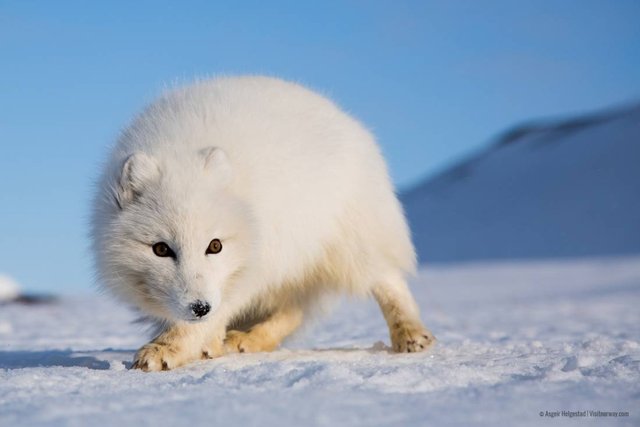
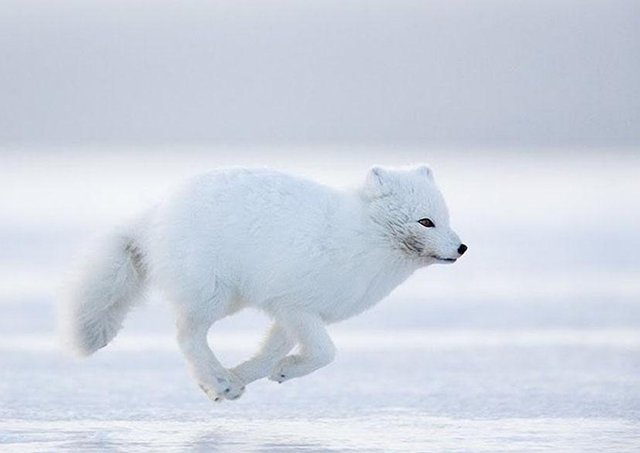
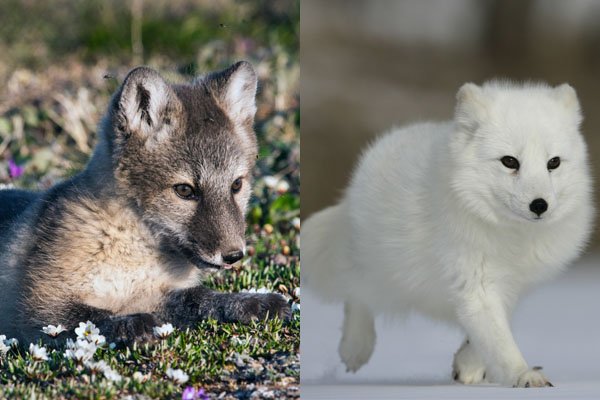
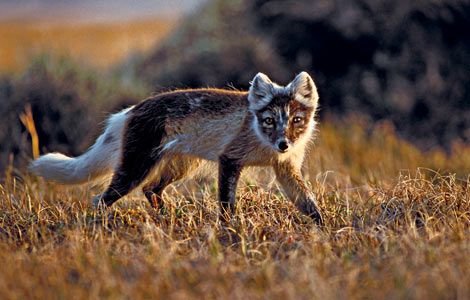
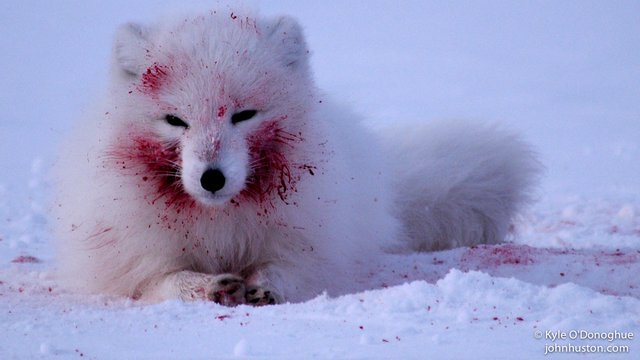

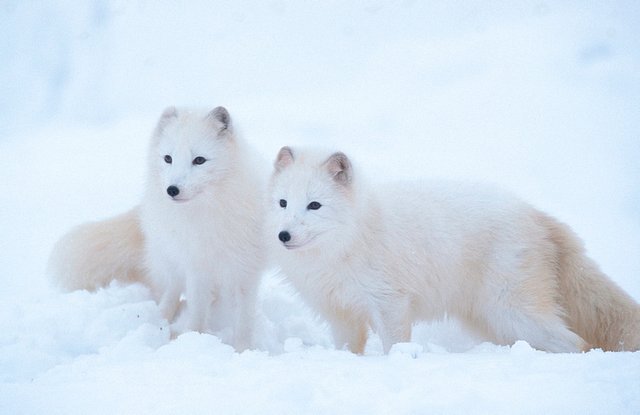
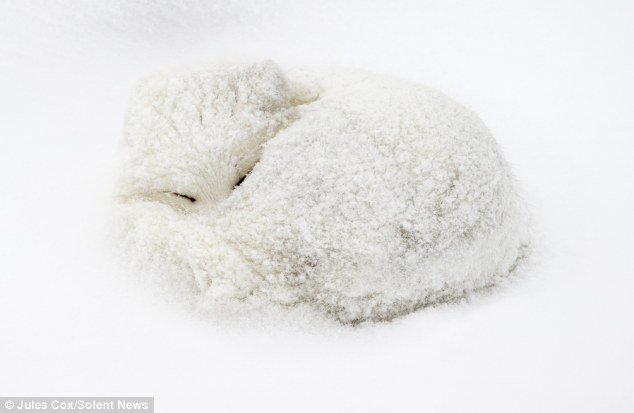

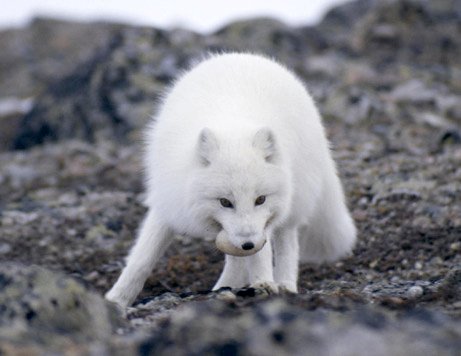

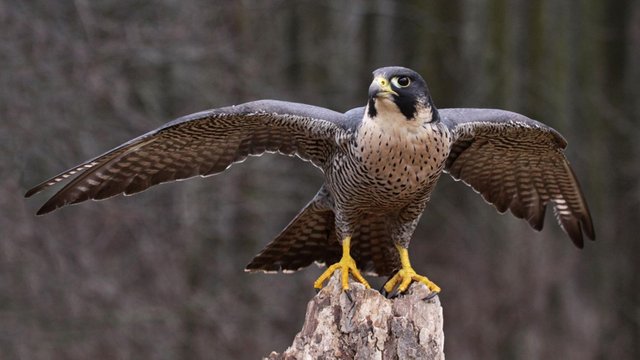
As this is a science post, I atleast expect! Some proper study on why these animals are white etc. Please come back to me with some data done by laser spectroscopy on the hair of these animals so we can find out what it's make up is; so we can find out how these animals evolved and how they produce this fur if there is such pigment. Thank you,
Resteemed to over 10200 followers and 100% upvoted. Thank you for using my service!
Send 0.100 Steem or 0.100 Steem Dollar and the URL in the memo to use the bot.
Read here how the bot from Berlin works.
We are happy to be part of the APPICS bounty program. APPICS is a new social community based on Steem. The presale was sold in 26 minutes. The ICO will start soon. You can get a account over our invite link: https://ico.appics.com/login?referral=1fRdrJIW
@resteem.bot
I could watch them nose diving 10x on repeat - and I will!
I was lucky enough to see them do it in Norway and its just as amazing as the videos!
It's amazing how their sense of smell and sound is used to hunt an unseen, I also love how they adapt to climatic changes in their habitat , quite a cool survival technique. This is well written and detailed article on the arctic fox, enjoyed reading every bit :)
Thanks for the amazing post! I love fox, too. :)
thats a amazing post congrats, can I traslated to spanish? I would like REESTEMEAR your post and post in my blog in spanish too if you give the permission
Jeez I knew Arctic foxes weren't massive but seriously those owls are huge :O
Also didn't know about the separate circulatory system thing, that's pretty interesting!
Amazing post (as usual) and such an adorable little animal!
They really are aren't they? Even more adorable in the flesh!
So adorable, especially while hunting and performing 'snow diving', they're hilarious!!! :) Didn't know that owls are predators of arctic foxes though... Thanks for amazing post!
Yeah it is amazing what you can find out about certain animals that really surprise you! I am glad you enjoyed it :)
Great post, very detailed :)
Thanks for reading. :)